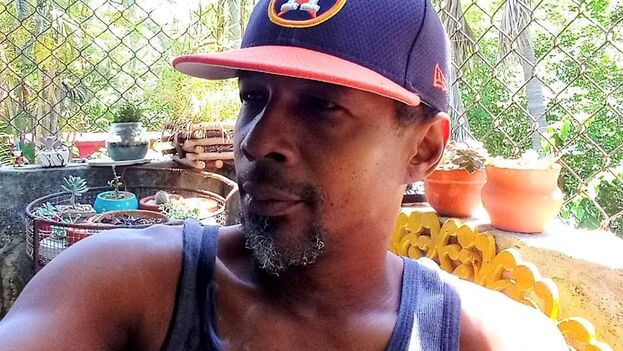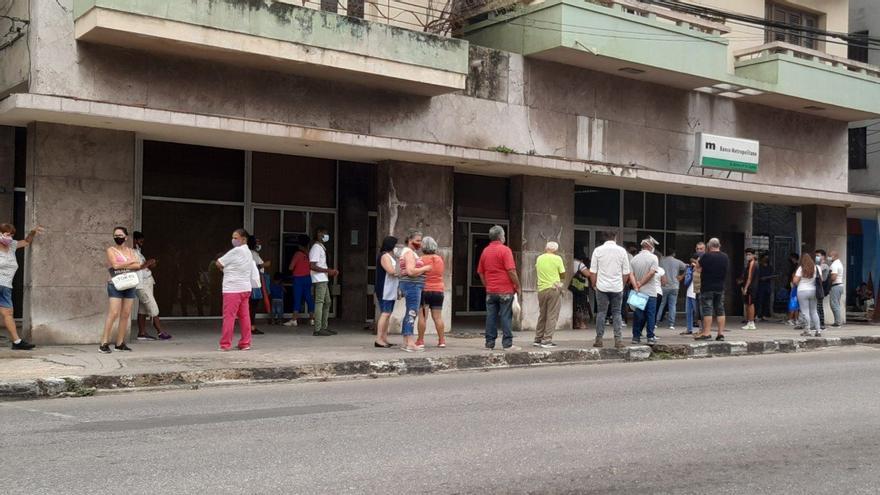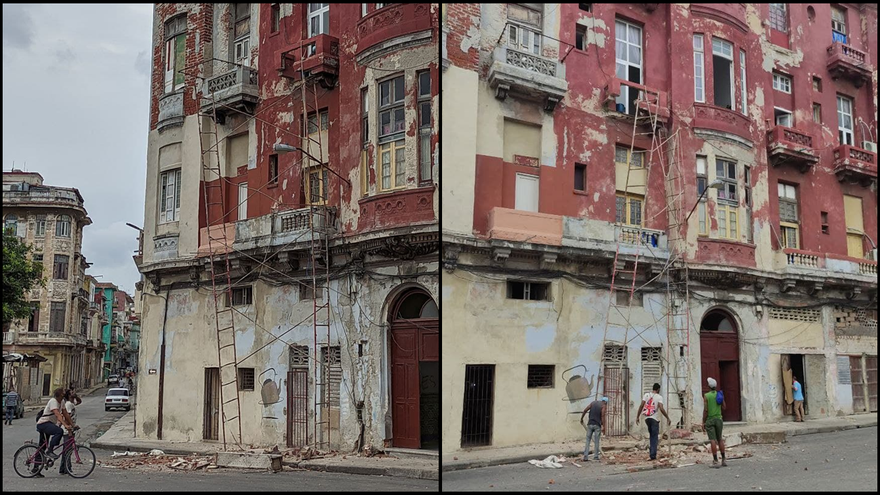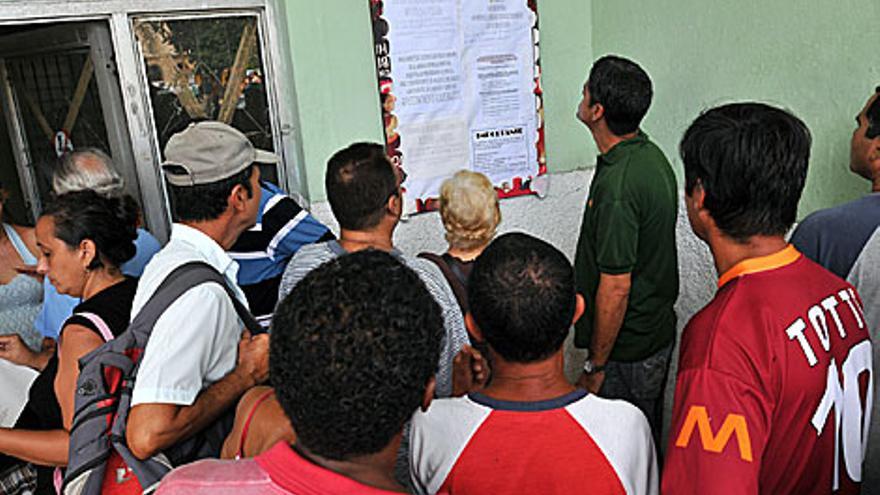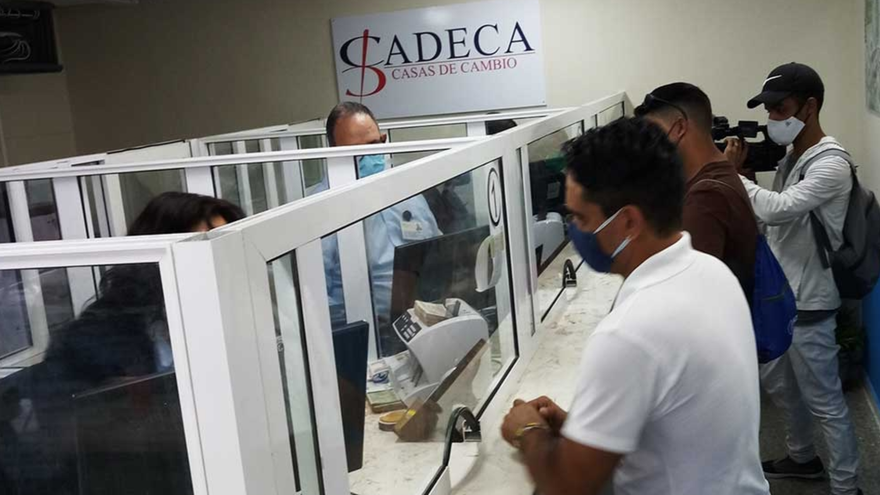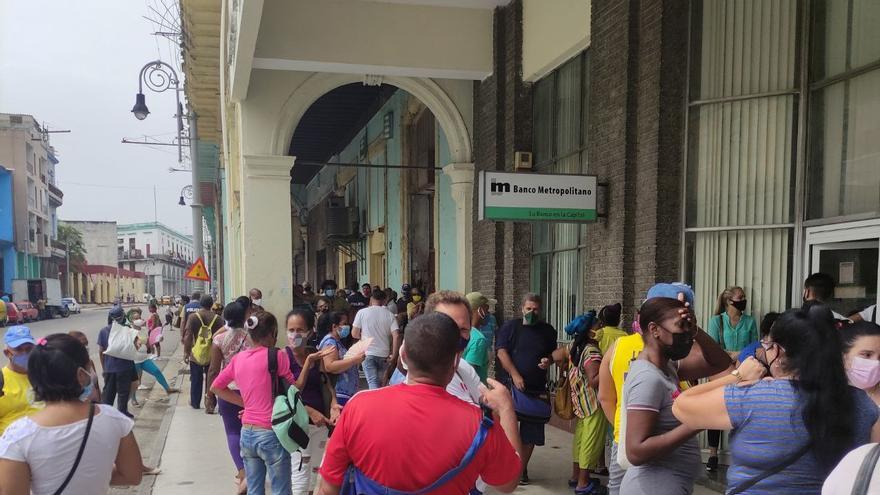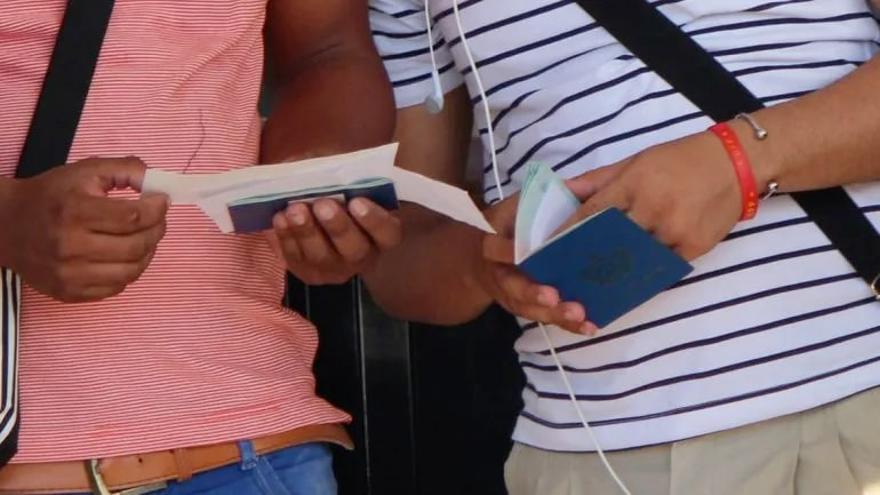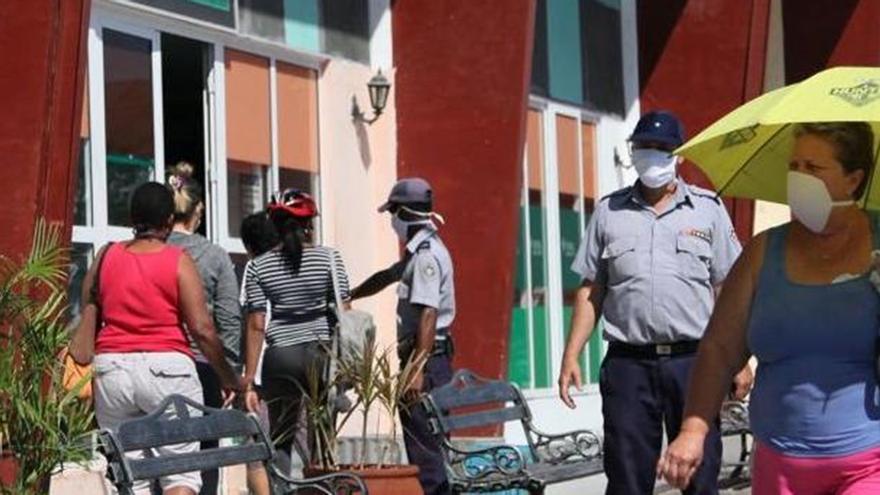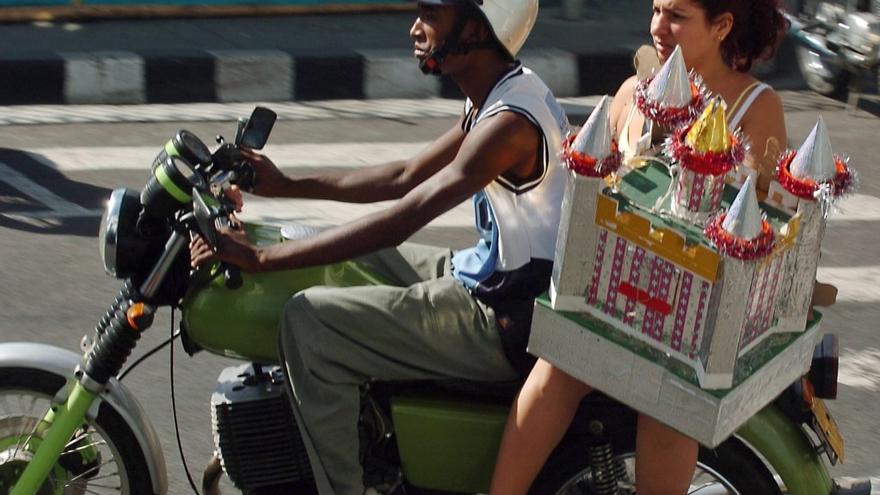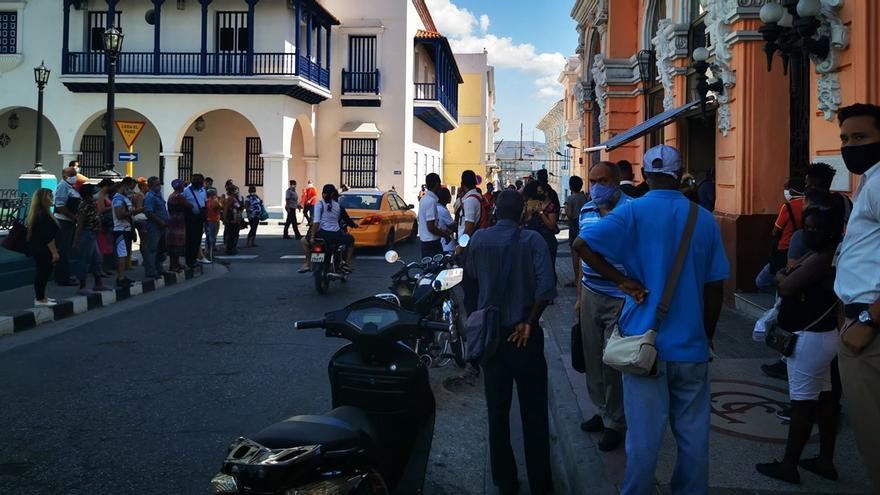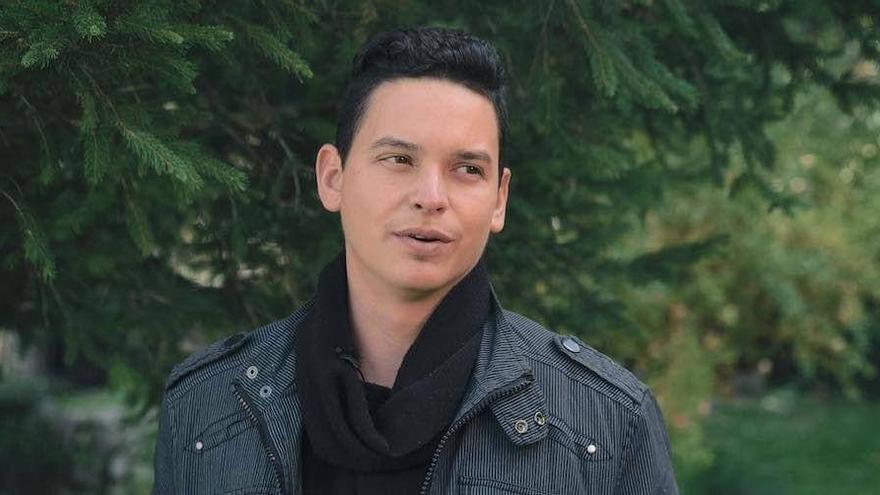
![]() 14ymedio, Havana, June 19, 2021 — The economic crisis and pandemic-related travel restrictions have turned the compass of Cuban emigration towards Russia, which offers two advantages: there are no visa requirements and there are several flights there a week. As a result, thousands of Cubans are traveling to Moscow, hoping either to stay there permanently or to continue on to another European country.
14ymedio, Havana, June 19, 2021 — The economic crisis and pandemic-related travel restrictions have turned the compass of Cuban emigration towards Russia, which offers two advantages: there are no visa requirements and there are several flights there a week. As a result, thousands of Cubans are traveling to Moscow, hoping either to stay there permanently or to continue on to another European country.
“I don’t want to live through another Special Period like the one in the 1990s. I don’t want to think about having to eat my cat if things keep going this way,” says Raudel, a 35-year-old man who on Thursday was looking into buying tickets between Varadero and a Russian airport. “I have a cousin there who will help me get started,” he tells 14ymedio.
“He told me I’ll be getting there at a good time because it’s summer. But before temperatures drop, I have to look for a place to live and find a job, though it will be illegal,” he explains. Raudel does not speak a word of Russian or any language other than Spanish. “I’ll learn it onsite, which is the best way, by interacting with people,” he says. continue reading
However, testimonies from hundreds of Cubans who have been living in Moscow for a few years — people either waiting to legalize their status or to continue their migration to the European Union — paint a picture quite different from the one Raudel imagines. Last year, a group of Russian citizens launched an online campaign to alleviate the suffering of several Cubans stranded on the streets of Moscow.
The pandemic has created an unexpectedly precarious situation for these migrants as well as for the “mules” who come to Russia to buy merchandise to resell on Cuba’s informal market. Some end up living on the streets or in apartments with no heat, conditions which make surviving the harsh Russian winter difficult.
“We, as Moscow residents, appeal to Moscow’s government and the Cuban Consulate in the Russian Federation to provide accommodation at little or no cost in student housing in the Moscow region for fifty Cuban citizens who have been unable to fly home due to pandemic,” the text reads.
“At this time, people are being evicted from their apartments, some have been living on the street for a month,” it adds. “The Cuban embassy does not have financial means to provide housing for its citizens [and this] is an opportunity to safely house these Cubans in student residences.”
Among those stranded are entire families, including minors, who liquidated everything to set forth on this expedition. They were not told, before leaving Cuba, of the strict border controls between this vast country and eastern Europe, of the hard ice they would have to cross to reach the Bering Strait or of the difficulties of learning Russian.
Several cases of human trafficking have been reported in which Cubans were met at International Sheremetyevo Airport, housed for a short time by an extensive network and put on fishing boats which took them across the Bering Strait to Alaska. Some were intercepted en route. Others — no one knows how many — may be resting under the ice in one of the coldest regions on the planet.
The same level of despair can be seen today. “I am selling rubles at 74 Cuban pesos, for your trip to Russia,” reads one posting on several of the island’s digital classifieds sites. Now that Cubans can no longer deposit dollars in their bank accounts, informal moneychangers are fishing in troubled waters. They even offer to convert American currency into thousands and thousands of Russian banknotes.
“Flights from Varadero to Moscow with accommodation, accompaniement and advice included. I am Cuban and can help you get to this great country and guide you on how to stay or continue elsewhere,” says an ad that appears in several Telegram groups. The offer includes room rental for about $ 40 a day, contact with people who supposedly “organize the documents” and legal help.
But before flying to Russia, the island’s residents must first show that they have made a pre-paid reservation to stay at a Covid confinement hotel upon their return. “The money adds up. It’s one more expense,” says a young woman in the same Telegram group. “But it’s the price of freedom. When you are desperate, you go to any length and you somehow find the money, even if there isn’t any, which is the case with me.”
“I’m going to try it because I have nothing to lose,” she adds. “I live with my grandparents and right now there’s nothing to eat at my house. If I don’t go, who will help them?” It should be noted that slave labor and forced prostitution networks are often hide behind posts like these.
“If it’s a choice between having to sleep with the butcher so he’ll sell me some eggs or going to Moscow, I’ll go to Moscow, the young woman writes. “I wasn’t alive during the Special Period but, based on what everyone has told me, it’s not something I want to experience.” So far, she has sold her mobile phone, laptop and a “living room suite” to pay for the trip.
“I prefer Putin’s Russia,” she says, although, like most of those who set out on this journey, she does not speak the language, has little knowledge of the country and does not even have a relative or friend to support her once she gets there.
____________
COLLABORATE WITH OUR WORK: The 14ymedio team is committed to practicing serious journalism that reflects Cuba’s reality in all its depth. Thank you for joining us on this long journey. We invite you to continue supporting us by becoming a member of 14ymedio now. Together we can continue transforming journalism in Cuba.

